Here’s a set of tricks you can use if you’re interested in double exposure photography. This genre that promises some really awe-inspiring images. The best thing is you don’t need any additional tools beyond what you already have. Photographer Philipp Reinhard demonstrates:
Double Exposure Portrait
Step one is to choose a vantage point.
Step two is to make some exposures of a person.
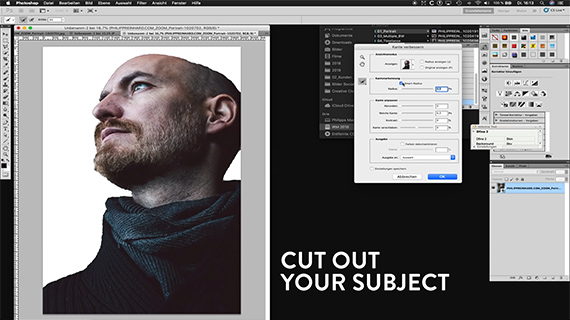
Once you have the exposure ready the next step is to cut your subject out.
Now, find an interesting background. This will be the foundation for your second exposure.
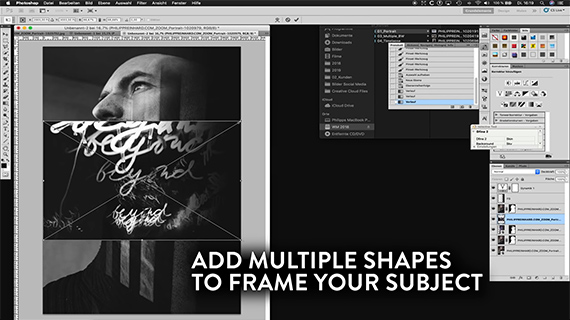
Add multiple shapes
Add multiple shapes to give your image an interesting vibe.
Choosing the right blending mode is important.
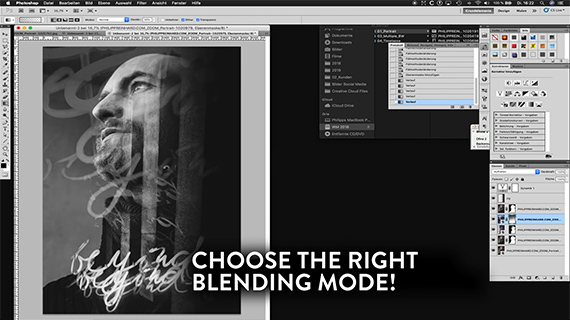
Work with the blending modes
Ideally, you should be using the brush tool to make sure the final effect is refined.
Jarring Exposures
To make jarred exposures you need to shoot multiple exposures from the same spot.
Import the images as layers to edit.
Play around with the opacity of each of the layers to fine-tune the image.
You can also play around with the layer blending modes to add some extra effects.
The final result will be a cool jarred effect:
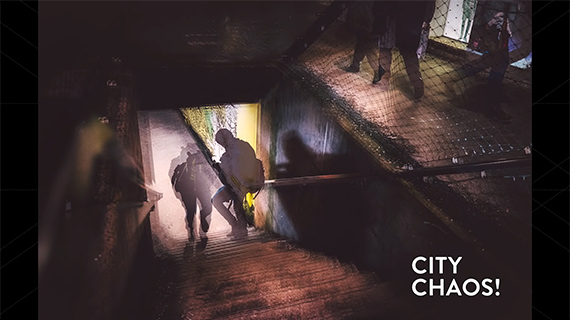
Jarring Effect
Multiple Exposure Self Portrait
Another interesting experiment you can do with multiple exposures is to shoot multiple images of yourself.
Shoot several exposures. You can also experiment with a friend while you make the exposures.
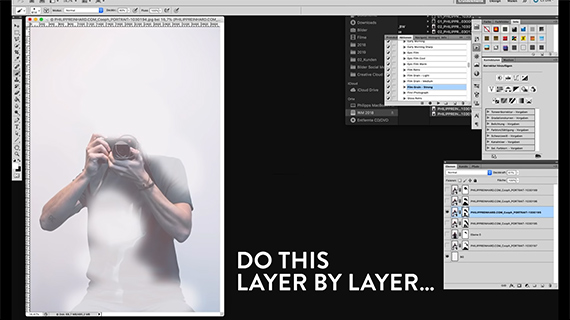
Masking out areas of the image that aren’t required
On each of the layers, mask out any of the areas that aren’t required. You will have to do this layer by layer. But remember not to do this for the base layer.
Transition Timelapse
This technique requires a landscape scene, such as a sunset. Take several exposures over a period of time. Find three to six exposures where the change of lighting is dramatic. Edit each of the images. Then cut them up into equal sizes for the composite. Use the brush tool to refine them so that the final image is a composite:
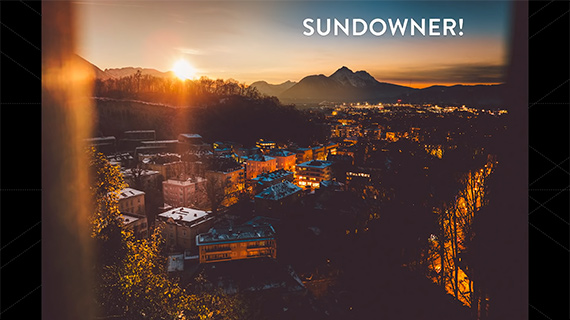
Sundowner
So, what’s your favorite multiple exposure technique?
Like This Article?
Don't Miss The Next One!
Join over 100,000 photographers of all experience levels who receive our free photography tips and articles to stay current:
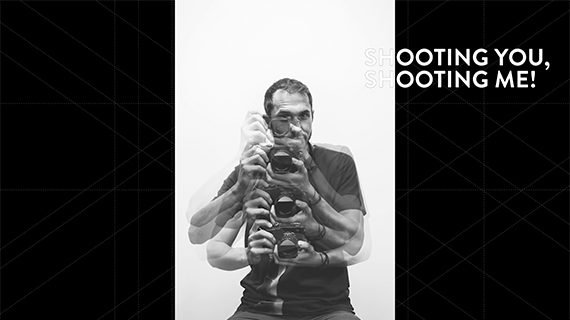






Leave a Reply